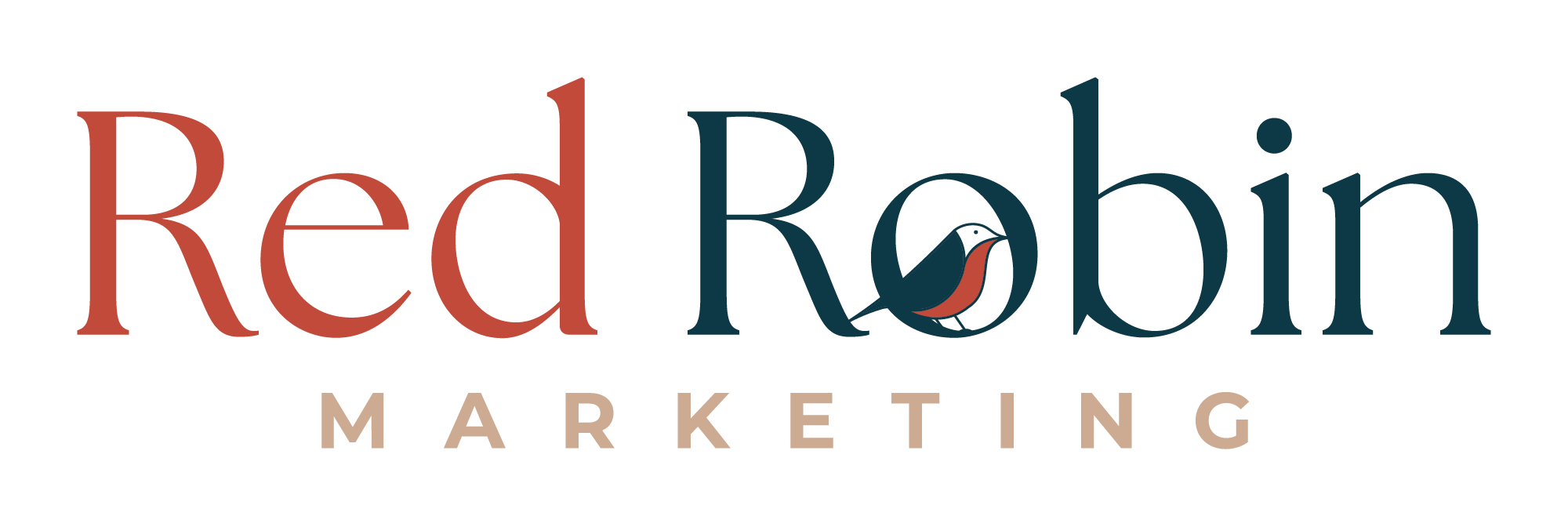Updated March 2025
This beginners guide to social media marketing breaks down everything small businesses need to know about starting out on social media. Social media has become an essential tool for businesses of all sizes to connect with their audience, build brand awareness, and drive sales. For small businesses, it presents an incredible opportunity to reach large numbers of people with little to no cost – levelling the playing field against bigger competitors.
But in truth, getting started with social media can feel overwhelming. With so many platforms, algorithms, and trends to keep up with, it’s easy to feel lost before you’ve even posted your first piece of content.
This guide breaks down the key steps to launching and growing your small business’s social media presence effectively, so you can show up with clarity, confidence, and a strategy that works.
Know Your Audience: Who Are You Speaking To?
Before creating any social media accounts, you need to understand exactly who your ideal customer is. Without this clarity, your content won’t resonate, and your marketing efforts will feel like shouting into the void.
Ask yourself:
- Who is my ideal customer? (Think about their age, location, interests, profession, and values.)
- What challenges or pain points do they have?
- How does my business help them solve these challenges?
- Where do they spend their time online? (Instagram, Facebook, LinkedIn, TikTok?)
- What kind of content do they engage with most? (Educational, inspirational, behind-the-scenes?)
If you’re struggling to define your audience, start by imagining your dream client – the person you’d love to work with. If you don’t have real customers yet, create an ideal client persona based on who would benefit most from your services. Give them a name, a backstory, and a clear set of challenges – the more detailed, the better!
To help you can grab my FREE Ideal Client Workbook, designed to help you pinpoint exactly who you’re speaking tom so your content resonates, attracts the right people, and leads to real connections. Download it here!
When you have a crystal-clear vision of your ideal customer, social media content becomes effortless. You’ll know exactly what to say because you’re no longer speaking to a vague audience – you’re talking directly to one person who truly needs what you offer.
The more specific and detailed you are about your audience, the more engaging, impactful, and effective your content will be.
Choose the Right Social Media Platforms
You don’t need to be on every platform. In fact, trying to do too much at once can lead to burnout and inconsistent posting. Instead, focus on 1-2 platforms where your audience is most active and where you can show up consistently. If you’ve defined your ideal client you shouldn’t find this too difficult to choose.
A quick guide to platform selection:
- Instagram – Great for visual brands, personal brands, and community-building.
- Facebook – Best for local businesses, groups, and community interaction.
- LinkedIn – Perfect for service-based businesses, networking, and B2B marketing.
- TikTok – Ideal for short-form, engaging video content and trend-driven marketing.
- Pinterest – Best for evergreen content like blogs, infographics, and product guides.
Start small! Choose one or two platforms you can manage well, then expand when you feel ready.
Optimise Your Social Media Profiles for Maximum Visibility
Your social media profile is your digital storefront. If someone lands on your page, they should immediately understand who you are, what you do, and how they can work with you.
Here’s how to optimise your profile for better visibility and engagement:
- Profile Picture – Use a high-quality image of yourself or your logo.
- Username & Handle – Keep it simple, professional, and consistent across platforms.
- Bio – Be clear and concise: Who do you help and how can you help? Focus on the transformation. Use keywords that describe your business.
- Website Link – Add a link to your website, service page, or a freebie to drive traffic.
- Contact Info – Make it easy for people to reach you (email, DMs, phone).
- Pinned Posts – Highlight important content like offers, testimonials, or key resources.
SEO Tip: Your bio and username should include relevant keywords related to your industry. This helps your profile show up in search results on social media and Google!
Create a Content Strategy That Works
Jumping straight into posting without a content plan is a common mistake. A strategy will keep you consistent, focused, and prevent content burnout.
Your content strategy should include:
- Content Pillars – Pick 3-5 key themes you’ll regularly post about (e.g., tips, behind-the-scenes, customer success stories).
- Content Types – Mix it up! Try reels, carousels, stories, live videos, and text-based posts.
- Posting Schedule – Choose how often to post (start with 2-3 times per week and adjust).
- Call-to-Actions (CTAs) – Every post should invite engagement—“Save this for later,” “Share with a friend,” “Drop a comment,” “DM me to learn more.”
Use keywords strategically in your post captions and hashtags! Instagram is now prioritising keywords in captions for searchability, but that doesn’t mean hashtags are dead. People are still using them to discover content, so a combination of both is key.
Include relevant keywords naturally in your captions to boost visibility, and pair them with targeted hashtags your audience is actually searching for. This way, you maximise your chances of being found, both in Instagram’s search results and on hashtag pages.
Post & Engage: What to Do After Posting
Hitting ‘post’ is only half the job… what happens next determines how far your content reaches. Engagement is key to building relationships, increasing visibility, and signalling to the algorithm that your content is worth sharing.
Here’s what to do immediately after posting:
- Share to Your Stories – Boosts visibility and reminds followers to check out your post. Add a poll, sticker, or question to encourage interaction.
- Spark Conversations – End your caption with a question or prompt to invite engagement.
- Reply to Comments & DMs – Build trust by responding thoughtfully and keeping the conversation going.
- Engage With Others – Spend 10-15 minutes interacting with accounts in your niche—like, comment, and contribute to discussions.
- Test & Learn – If a post performs well, repurpose the topic into a reel, carousel, or story series.
Track Your Results & Adjust Your Strategy
If you’re not tracking your results, you’re just guessing and guessing isn’t a sustainable strategy. Data gives you clarity on what’s working, what’s not, and where to focus your efforts.
Key social media metrics to monitor:
- Reach & Impressions – How many people saw your content? This indicates brand visibility.
- Engagement Rate – Are people interacting with your posts? (Likes, comments, shares, saves.)
- Website Clicks – Are your posts driving traffic to your site or landing pages?
- Conversion Rates – Are your social media efforts leading to actual sales, bookings, or sign-ups
Use platform analytics to refine your strategy. Instagram Insights, Facebook Business Suite, LinkedIn Analytics, and Pinterest Analytics provide valuable data—dive into the numbers regularly!
Top Tip – If a post performs well, repurpose the topic into a new format (a reel, carousel, or blog post). If something flops, don’t scrap it—adjust your approach and test again.
SEO Tip – Higher engagement and click-through rates signal strong content quality, which can improve your ranking on social search results (like Instagram and Pinterest).
Test, learn, refine, and grow—social media success is an ongoing process!
Final Thoughts: Your Social Media Success Starts Now
Social media marketing isn’t about being everywhere, it’s about showing up consistently and with purpose. When you take the time to understand your audience, create valuable content, and engage meaningfully, you’ll see real results.
And if you’re feeling stuck? You don’t have to figure it all out alone!
Book a free discovery call with Red Robin Marketing to get personalised guidance on your social media strategy, content planning, and audience growth. Let’s make your social media work for you – without the stress.
Click here to schedule your call today!





